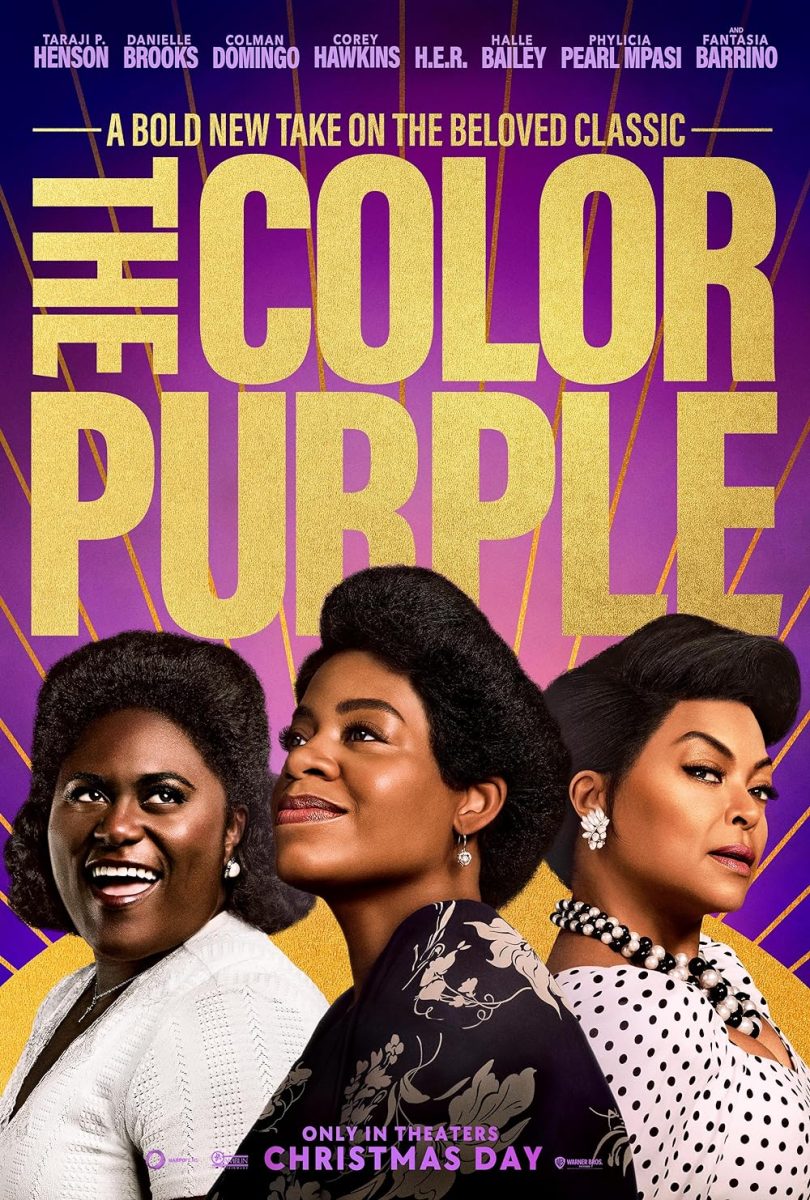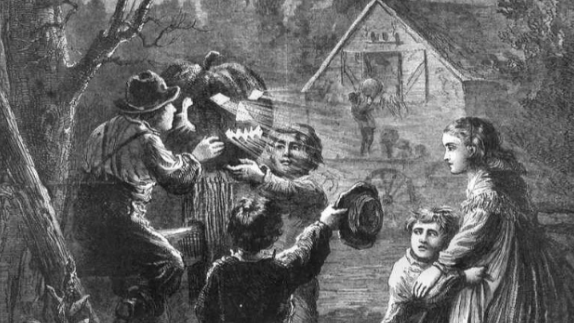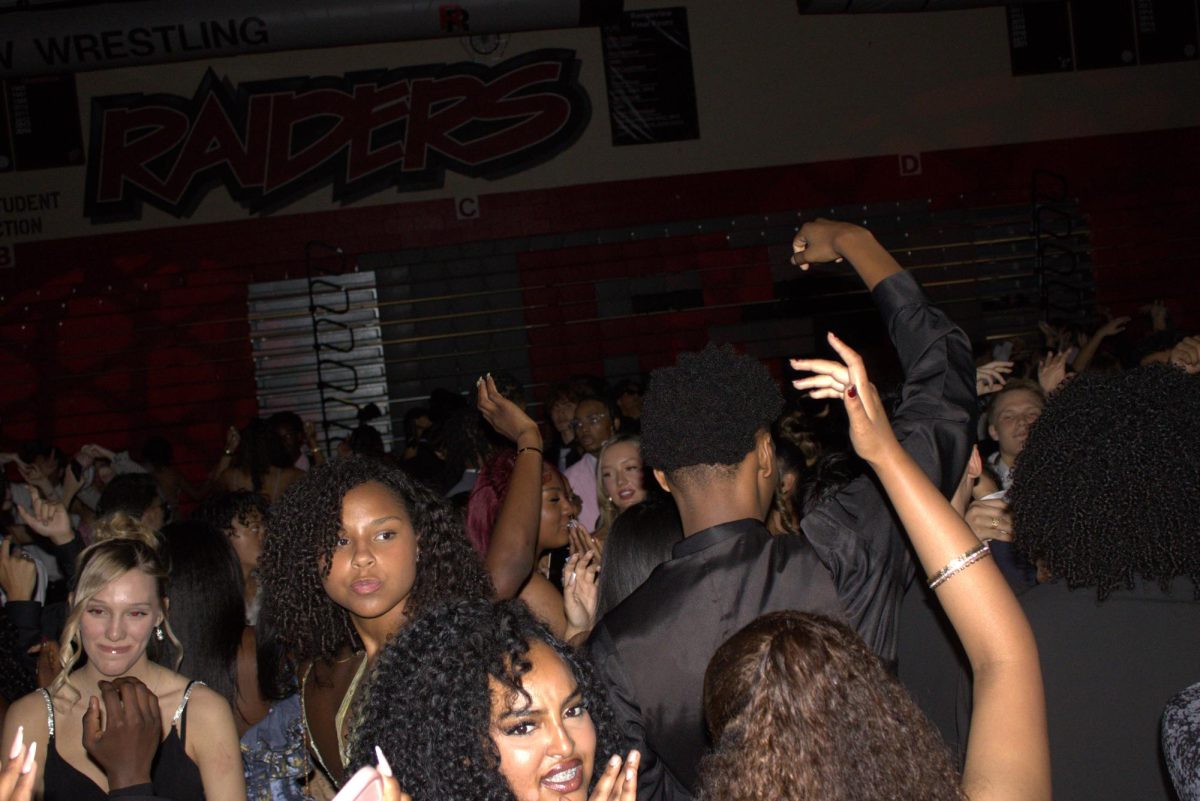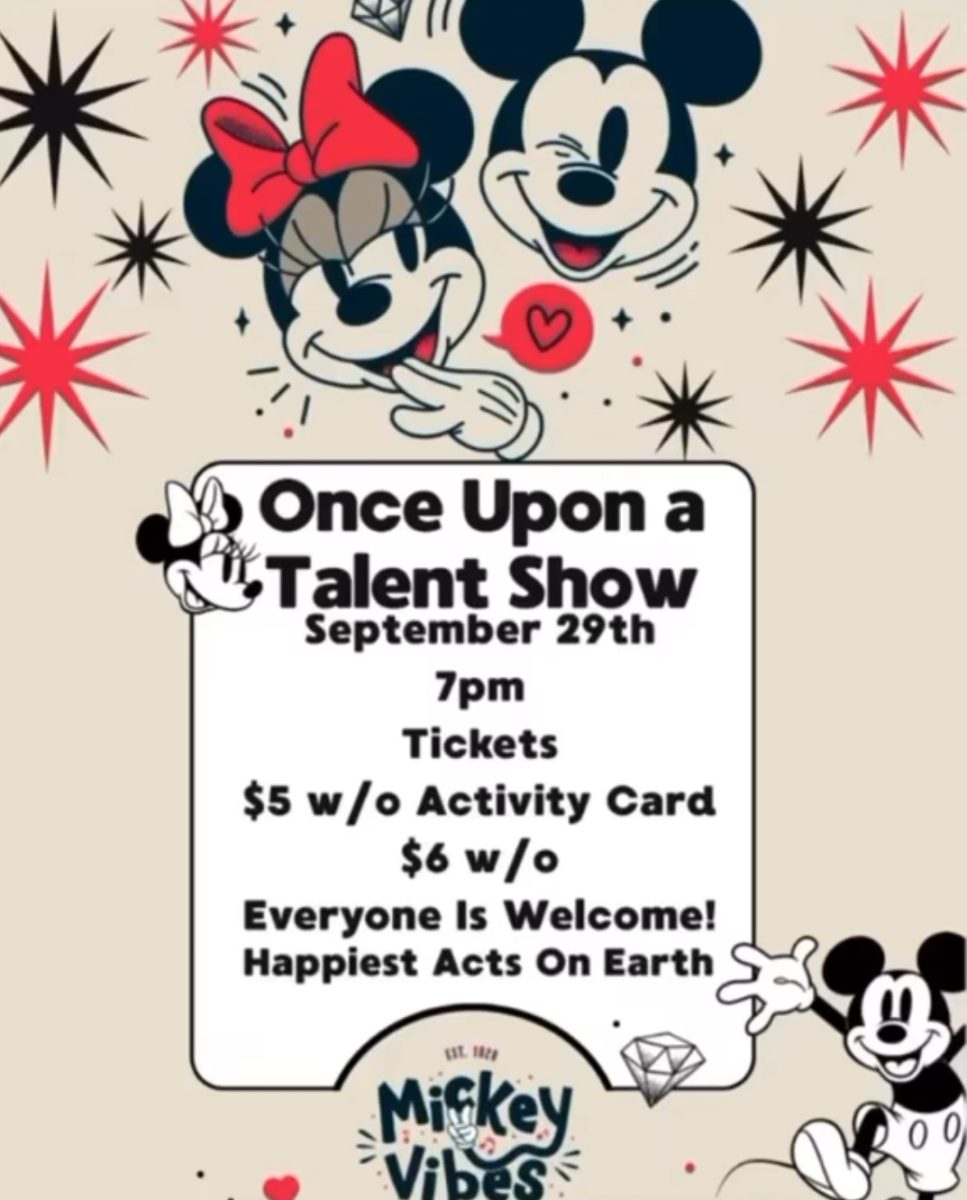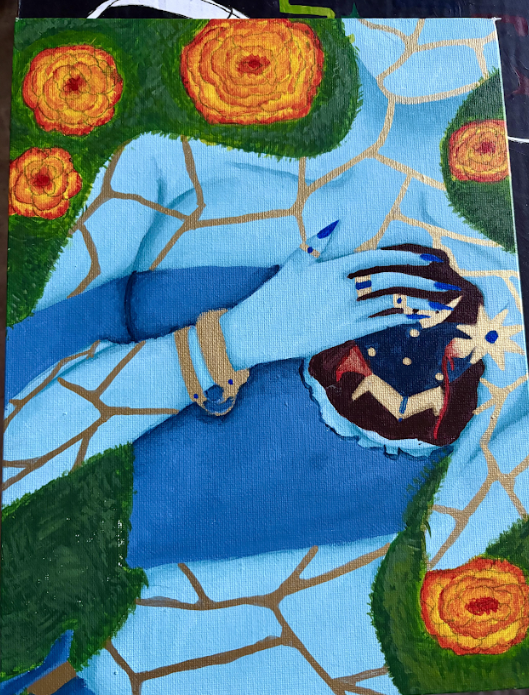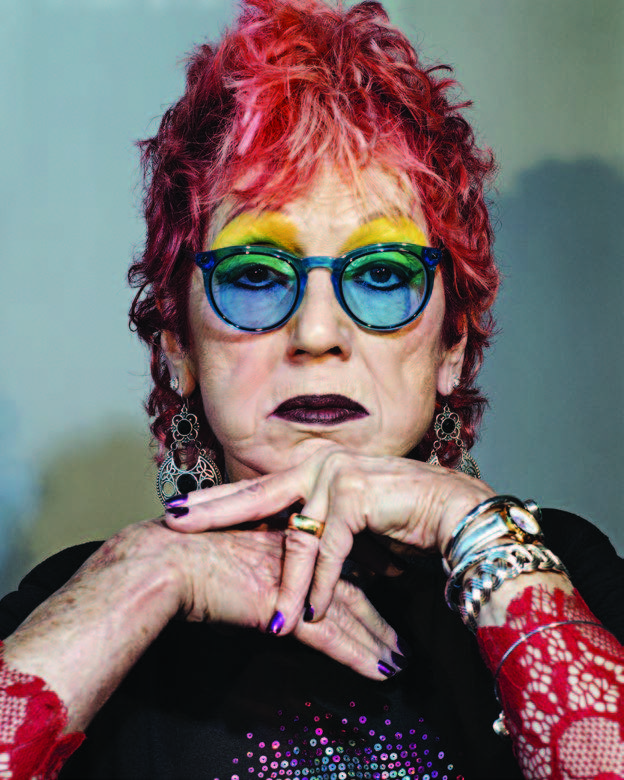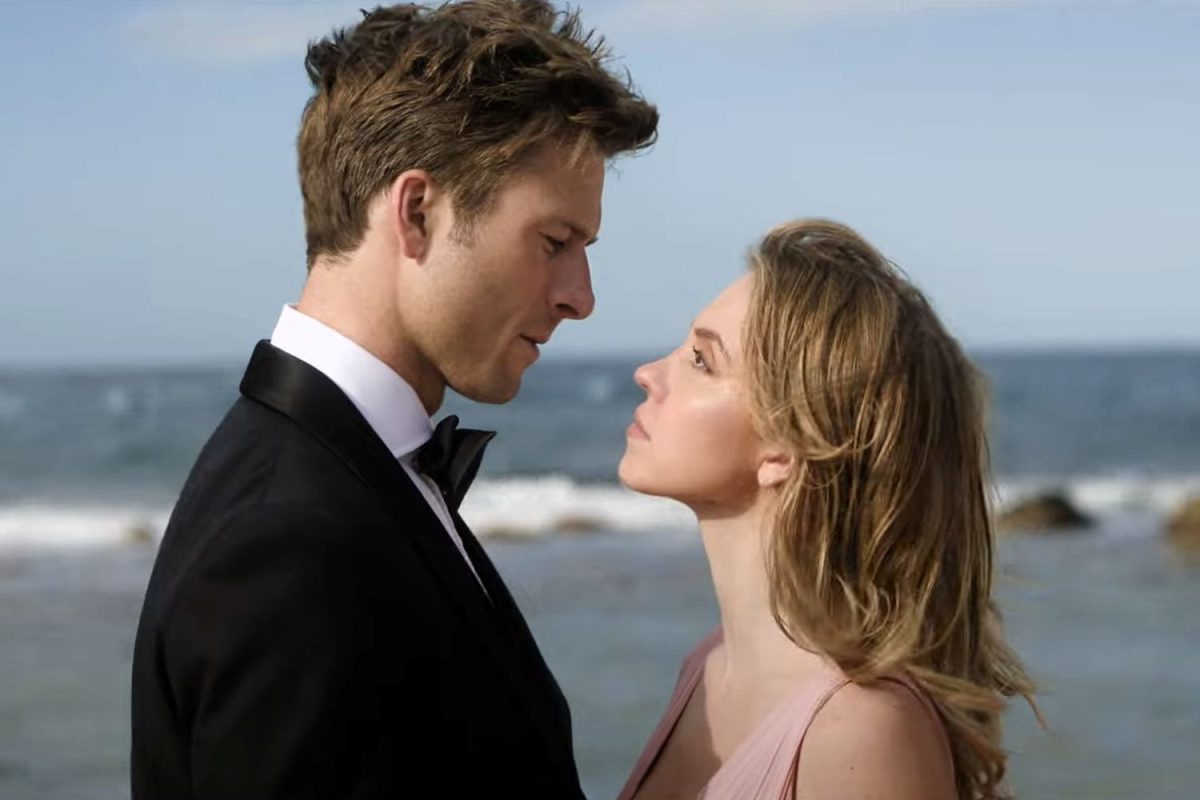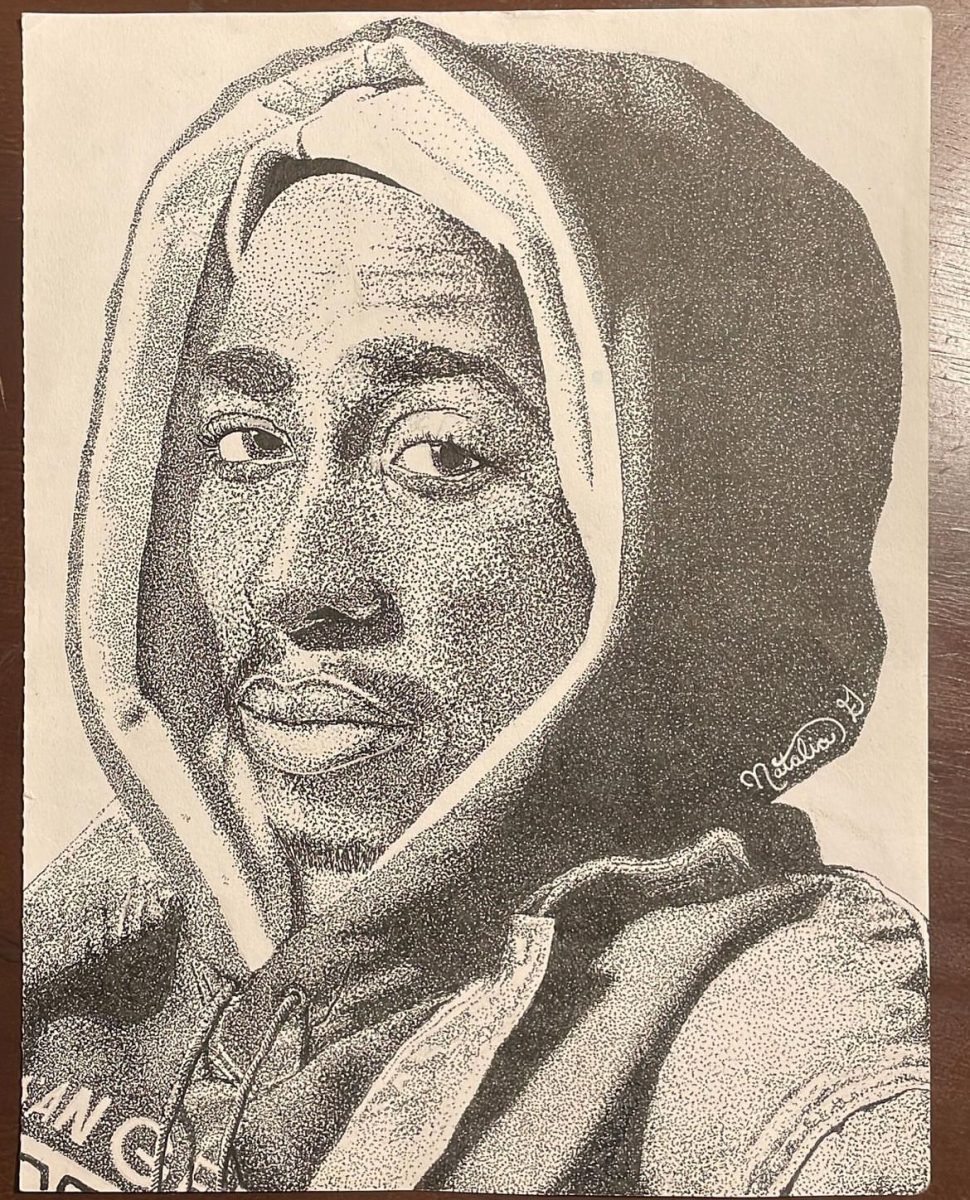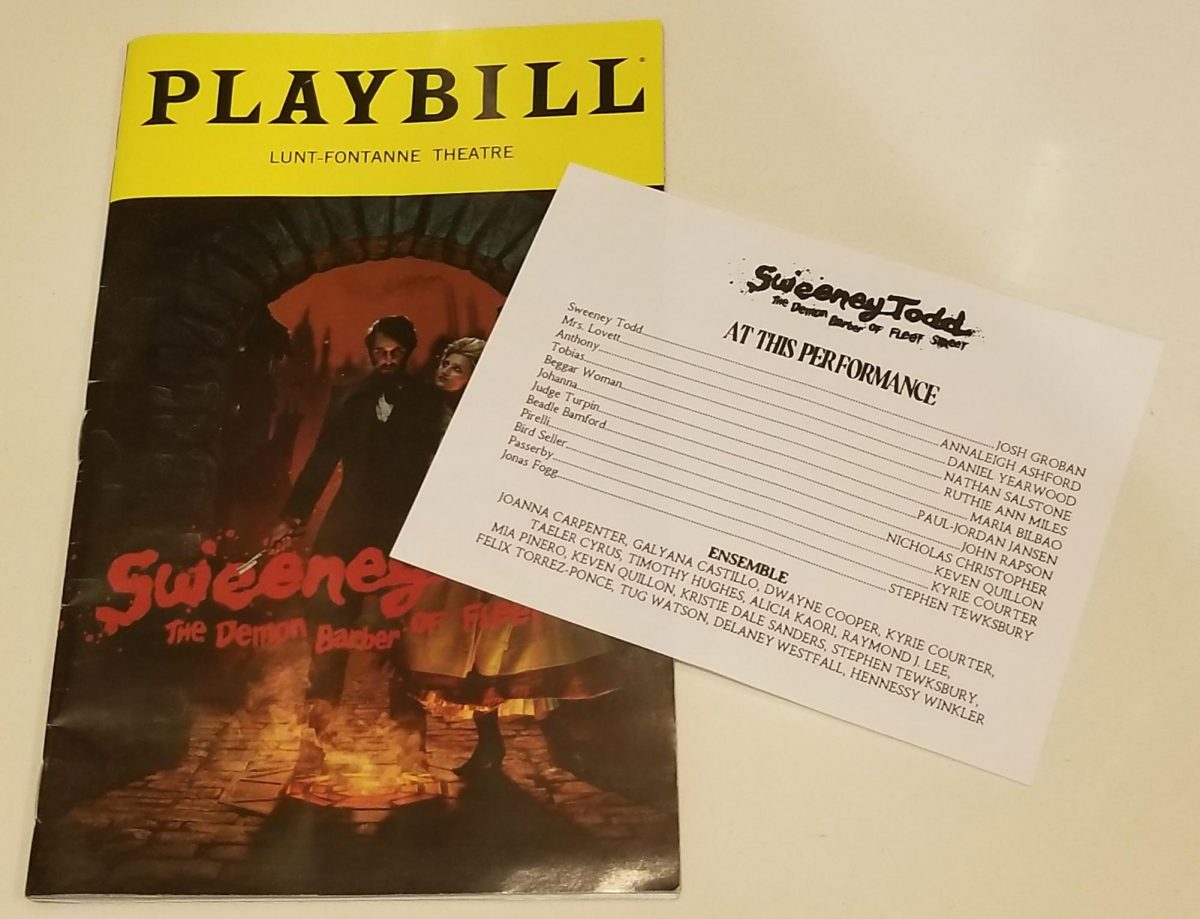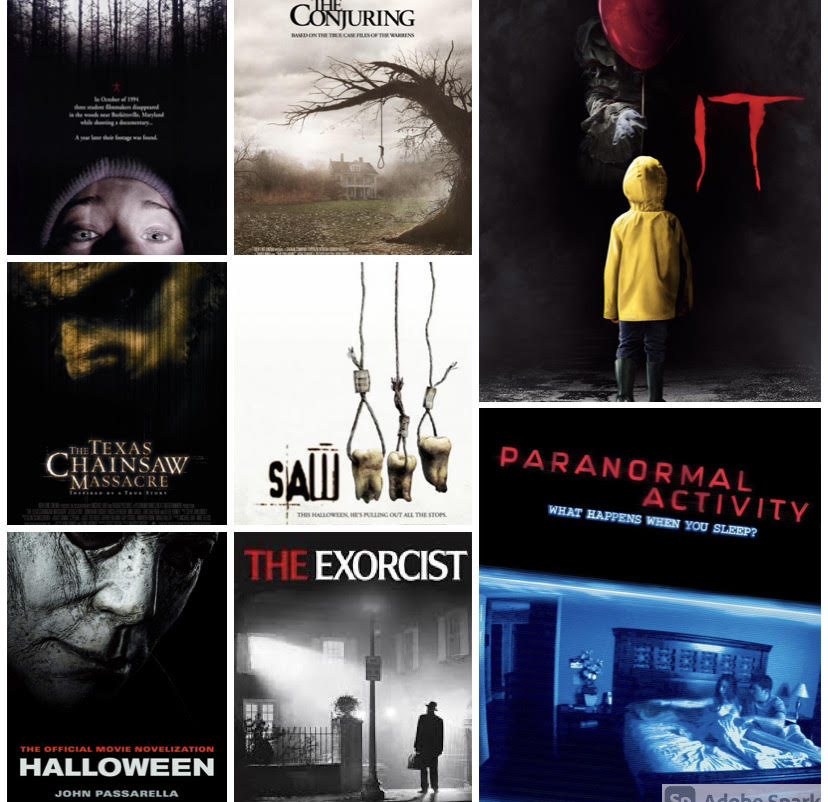Alice Walker’s award-winning novel “The Color Purple” has yet another adaptation, taking the audience on an unexpected musical journey through an African-American girl’s life in 1900s Georgia. This film contains tears, laughter, utter despair, and a refreshing sense of ease, all within a two-hour runtime. Director Blitz Bazawule’s rendition of the beloved book is breathtaking in both storytelling and visuals, and filled to the brim with emotions and grit. Overall it’s a much-needed piece of art in this day and age.
“The Color Purple” is about many things. It tells the story of abuse and healing from intense trauma. It’s about love, loss, and the importance of family during hard times. At the core of it all is Celie Harris, a teenager who has endured countless hardships throughout her life. The plot takes us through the many stages of her life, from multiple pregnancies in her adolescence to abusive relationships, and the general struggles of being black in early 1900s America. It’s a very heavy movie, dealing with multiple dark topics. Every time it felt like it was over an entirely new element was added, creating the feeling of emotional whiplash.
This movie makes it clear that family and friends are vital in life, and puts a distinct focus on relationships. Early on in the movie, Celie loses her sister, Nettie, though her true fate is unclear; this issue looms over most of the story and doesn’t get resolved until the very end. Most importantly, Celie gains valuable friends from her stepdaughter, Sofia, and family friend/famous singer Shug Avery. Sofia is a very strong and outspoken woman who stands up for her beliefs, directly contrasting Celie’s meek demeanor. Their friendship is equally heartwarming as it is empowering–perhaps the most valuable thing Celie learns as a result of her friendship with Sofia is how to find her inner strength. Her relationship with Shug Avery isn’t much different, but a whole new layer gets added quickly after Shug’s introduction–Celie and Shug are explicitly queer, and their love story is incredibly sweet, albeit short. Unfortunately, this element seems to get glossed over as the narrative changes directions quickly.
There’s no denying that the acting in “The Color Purple” is phenomenal. Most deserving of this is Fantasia Barrino, whose performance of Celie Harris was incredibly powerful. Barrino enhances the already masterful writing, letting the audience connect to her character and allowing us to feel her pain. Other great performances include Colman Domingo as Celie’s husband and Danielle Brooks as Sofia. Both actors have great range, which is showcased very successfully.
The songs featured in the movie were a surprise, but that doesn’t make them any less enjoyable. The performances were remarkable, and most songs were accompanied by a surrealist dreamscape, often taking place inside the protagonist’s head. However, some short ones were forgettable and didn’t stick very well. Many songs were featured across the movie, but because the plot was fast-paced and dense their impact was lessened. Despite this, they were crafted very well.
Bazawule’s directing style works well in “The Color Purple,” immersing the viewer in Celie’s world. This is strengthened by the great sets, including very unique backdrops that appear when characters are singing, like large record players and mansion-style staircases, acting as a window into the minds of the singers. However, it can feel very dizzying. Sometimes they seem very out-of-place and bizarre, and even if that was the goal of the director, it felt disorienting.
Altogether, “The Color Purple” is a beautiful story wrapped in another great film. It’s packed full of talent, from the acting and directing to the music and design. While the style of a movie-musical may seem overdone to some people, “The Color Purple” has an incredibly meaningful message that makes it worth a watch, even if it is dense and overwhelming at times. Despite its flaws, this movie is very deserving of 4.5/5 stars.
